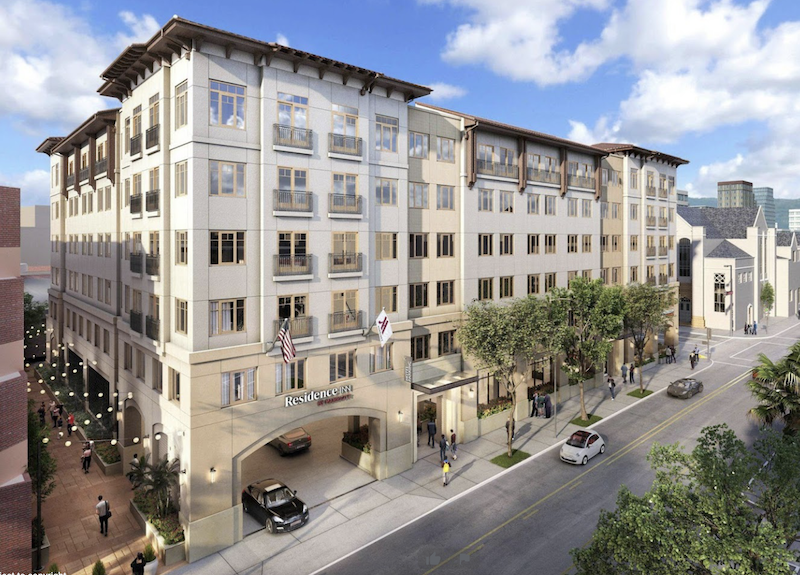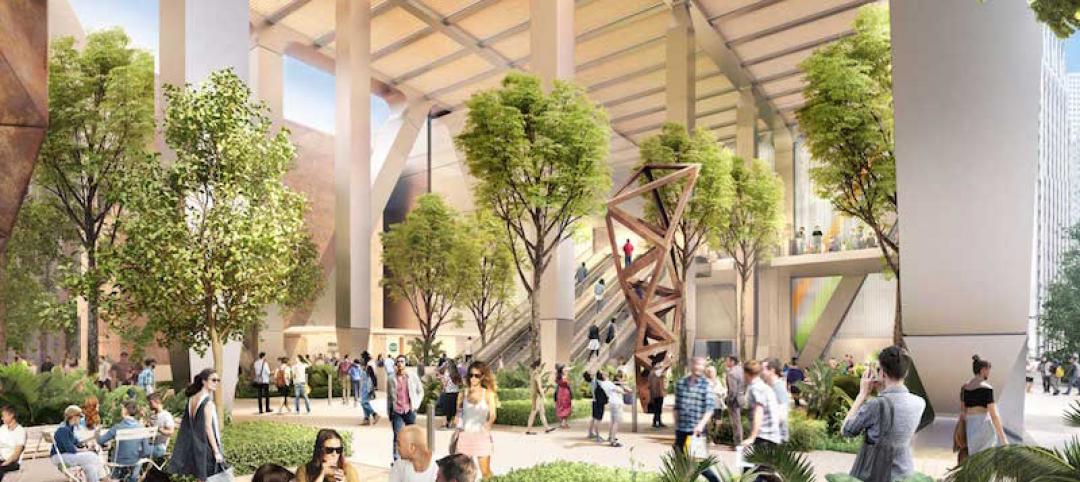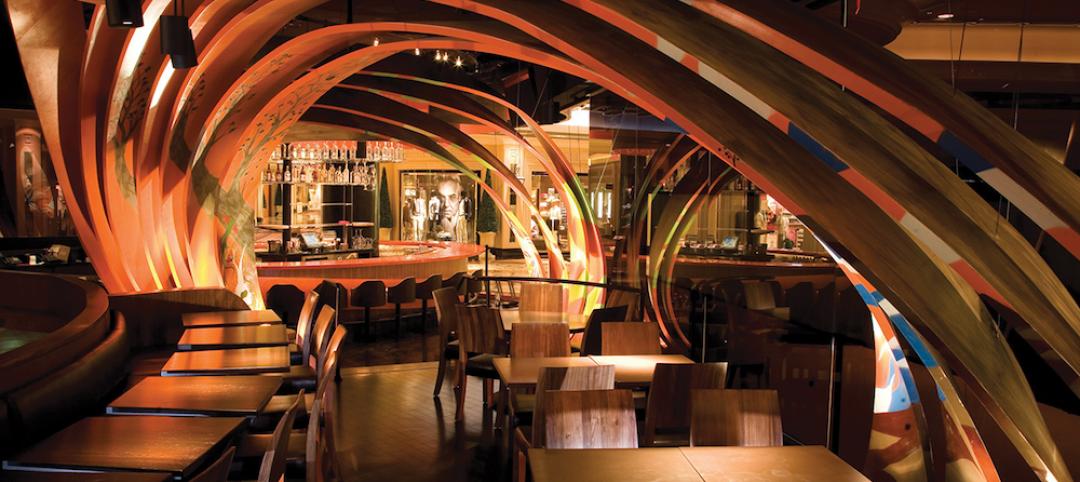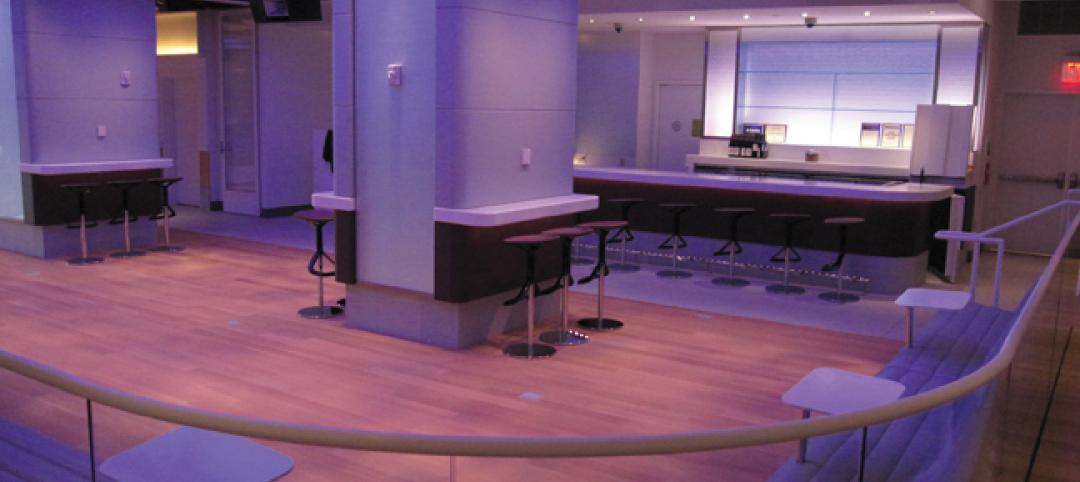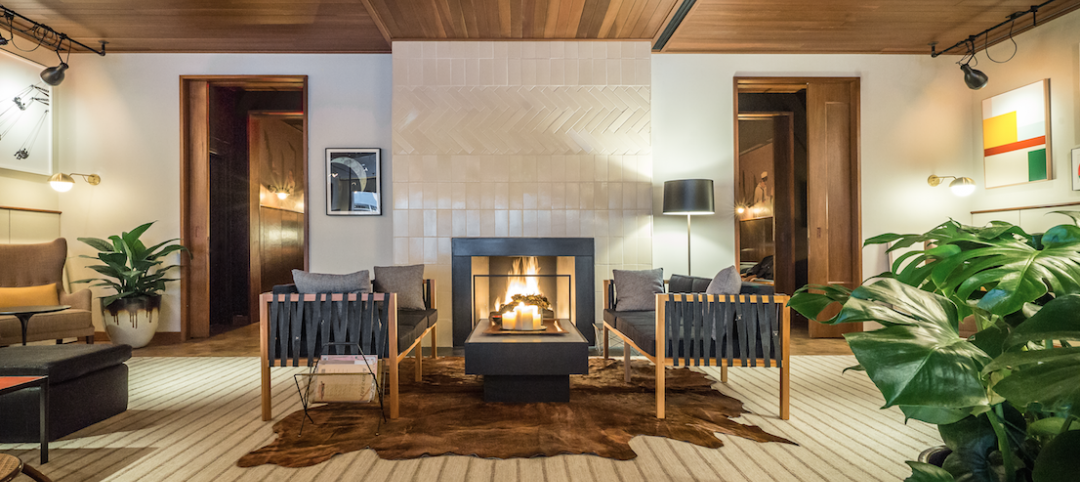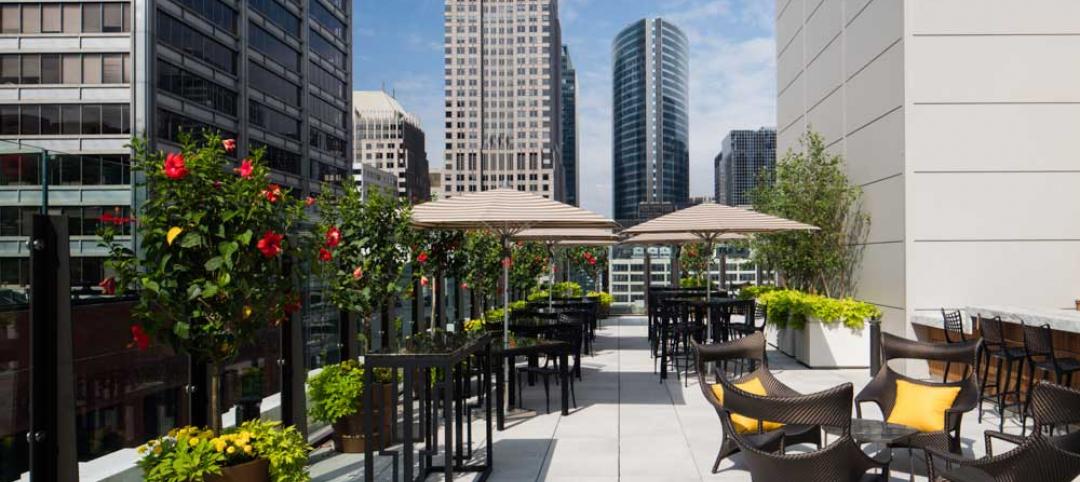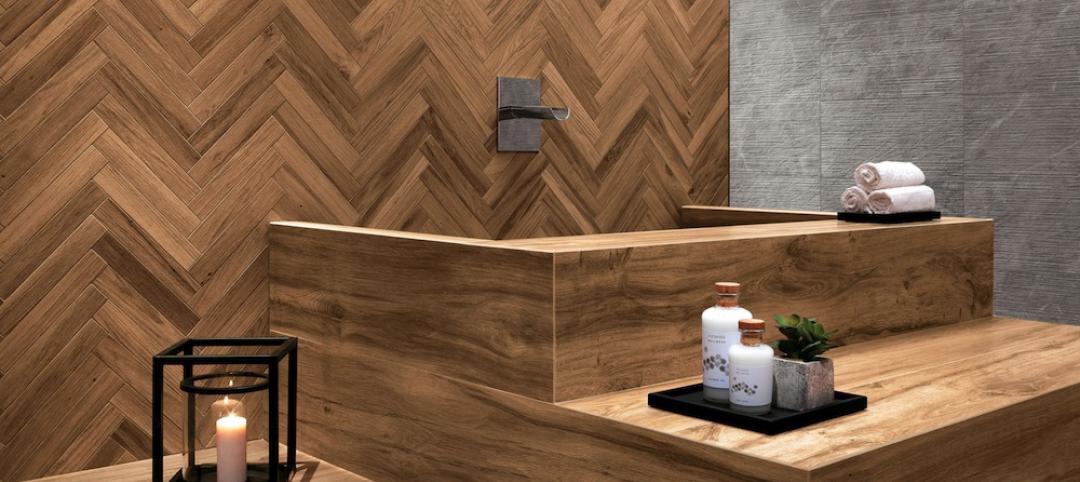Select-service hotels, which are designed with space efficiency and a lean labor model in mind, accounted for 70% of the total U.S. hotel construction pipeline at the end of last year. About that same percentage of investors surveyed by JLL recently were bullish on select-services hotels, believing they enhance portfolio returns.
But lifestyle and cost-sensitive hotel concepts have been making inroads into the select-service space, causing traditional select-service brands to refresh and update, often with “lifestyle” qualities that place more emphasis on design and localization, and connecting modern travelers to local communities.
In a new 14-page white paper, WATG Strategy explores the intersection of select-service and lifestyle. “This breed of hotels, when differentiated by design and driven by efficiency, is at once style and lucrative,” the paper’s authors conclude.
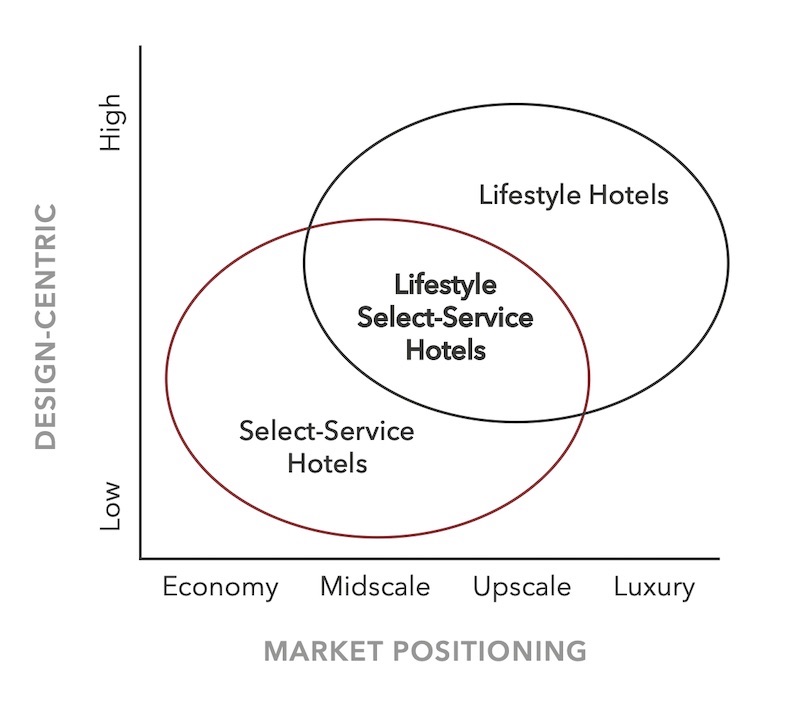
Lifestyle and select-service hotel models are intersecting at the midscale-upscale price level. Image: WATG Strategy
FAVORABLE ECONOMICS
Select-service hotels focus on rooms, and their average room department profit margin—73% in the U.S.—far exceeds the average food and beverage profit margin of 29%. Given that staffing levels at select-service hotels are typically 40-50% of those in full-service hotels, their operational costs are significantly lower.
WATG Strategy, quoting the hospitality consultant HVS’s U.S. Hotel Development Cost Survey 2018-19, notes that building select-service hotels averages $290,000 per key, compared to $397,000 for full-service hotels. Select-service hotels are also more conducive to cost-saving modular construction.
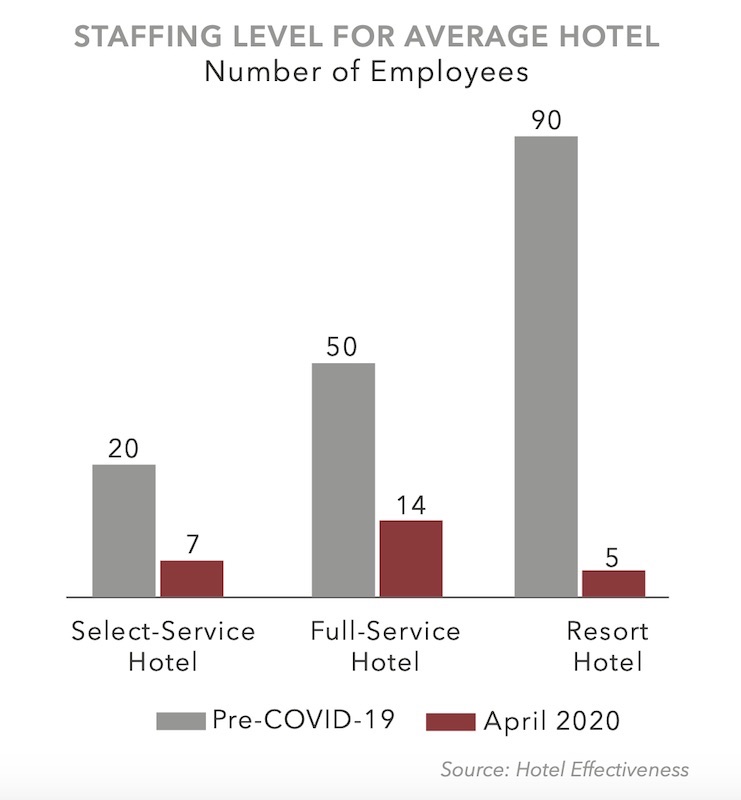
Select-service hotels, with their flexible staffing model, typically have 40-50% of the employees of a full-service hotel. Image: WATG Strategy
During the pandemic, more select-service hotels, with a nimbler operations model, have been able to stay open than their full-service counterparts. For example, on its earnings call for the first quarter of 2020, Hyatt said it had temporarily closed 62% of its full-service hotels, but only 19% of its select-service hotels.
WATG Strategy also observes that lifestyle hotels of all service levels have shown financial resilience compared to traditional and standardized hotels. The benefits of lifestyle hotels include a flexible rate ceiling, additional revenue streams from locals who might frequent the hotels’ cafes, shops and lobbies; higher net revenue through direct bookings, and—when they’re design driven—photo-worthy spaces that travelers might post on social media.
Consequently, lifestyle select-service hotels have been popping up to the point where this market sector is now “fiercely competitive,” says WATG Strategy. Indeed, more of these hotels are shifting their branding to emphasize “lifestyle,” sometimes to the extent where the line between traditional and lifestyle gets blurred. (WATG Strategy explains that it’s easier and less expensive to alter a hotel’s image than it is to terminate a brand entirely.)
WATG Strategy also sees a trend toward proliferation, but without market dilution. Not every hotel brand wants to be in every market: Marriott, for example, had only 32 Moxy hotels in its North America pipeline as of year-end 2019.
DESIGN WILL INFLUENCE SUCCESS
Regardless of the number of hotels within a certain brand, “as the hotel industry braces itself for a period of reprioritization, whether a hotel brand and property can withstand the test of time will be influenced by a key factor: design,” states the white paper.
Key design trends that currently define today’s lifestyle select-service hotel include lobby and communal spaces, F&B service that features beverage and caters to the all-day grab-and-go patron, and what WATG Strategy calls “chameleon spaces,” such as Marriott’s AC Hotels that display museum-quality artifacts, or Hyatt’s Joie de Vivre brand that’s known to reflect its vibrant neighborhoods.
The Joie de Vivre brand includes the recently completed Hotel 50 Bowery in New York City, a boutique hotel with 229 rooms. There, past meets present in the reclaimed wood reception desk set resting on contemporary poured concrete, while a Corten steel screen to the rear evokes a Chinese landscape painting. The Crown, a rooftop bar and lounge occupies the 21st floor and provides views of Lower Manhattan and Brooklyn across the water.
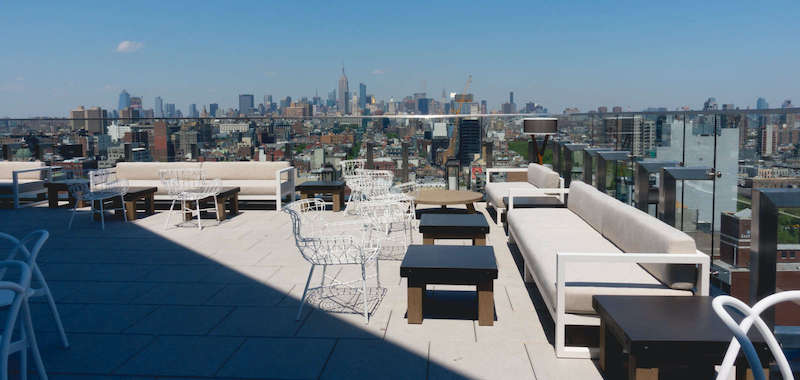
The Crown roofdeck at Hotel 50 Bowery offers panoramic views of New York City. Image: Hyatt Joie de Vivre
SMALLER, MORE SUMPTUOUS ROOMS
However, the guestroom remains the focus of these hybrid hotels. “Lifestyle select-service hotels are all about the delicate balance of delivering a premium experience while maintaining cost efficiency,” says the white paper. “Therefore, they focus on what guests need in the guestrooms, and eliminate everything else.
Guestrooms are getting smaller in lifestyle select-service hotels, but compensate with sumptuous beds and customized touches like fresher air, controllable sound, and personalized lighting. These rooms are also more likely to have spacious showers and communal spaces such as kitchens or living rooms.
The next generation of lifestyle select-service hotels, predicts WATG Strategy, will balance efficiency and high perception of value. That balance, though, must transcend touchless technology that tends to make traditional select-service hotels somewhat antiseptic.
With the emergence, in more markets, of wellness, coworking, and co-living social clubs, WATG Strategy sees the next generation the lifestyle select-service hotel progressing alongside its users to become more than a place to sleep for a few nights. “It can become multi-faceted work-play-stay hub while continuing to deliver superior value for its owners and heartfelt hospitality for its guests.”
Related Stories
High-rise Construction | May 17, 2016
Foster + Partners-designed towers approved as part of massive neighborhood redevelopment in San Francisco
One of Oceanwide Center’s buildings will be the city’s second tallest.
Retail Centers | May 10, 2016
5 factors guiding restaurant design
Restaurants are more than just places to eat. They are comprising town centers and playing into the future of brick-and-mortar retail.
Hotel Facilities | Mar 9, 2016
New hotel rooms generate an intergenerational battle
Hotels are going for a new minimalist look to attract younger guests, but some older business travelers don't like the small "desks"—and they don't want to work in the hotel lobby. But it's really all about trimming construction costs.
Hotel Facilities | Jan 19, 2016
8 trends sparking the hospitality sector
Hotels and restaurants are branching out to attract more customers—and hold onto them longer.
| Jan 14, 2016
How to succeed with EIFS: exterior insulation and finish systems
This AIA CES Discovery course discusses the six elements of an EIFS wall assembly; common EIFS failures and how to prevent them; and EIFS and sustainability.
Hotel Facilities | Jan 13, 2016
Hotel construction should remain strong through 2017
More than 100,000 rooms could be delivered this year alone.
Hotel Facilities | Nov 17, 2015
Marriott to acquire Starwood for $12.2 billion
The combination would form the world’s largest hotel company, and bring together two growth-minded businesses.
Hotel Facilities | Nov 13, 2015
15 ways 'soft brand' hotel chains can distinguish themselves
Hospitality’s biggest names are creating new, evolved brands to appeal to today’s traveler and compete against boutique hotels and Airbnb, writes VOA's Mark Pratt.
Hotel Facilities | Nov 5, 2015
SCAU unveils concept for a Ferris wheel hotel in Paris
Hotel guests will slowly loop around the structure and get views from the banks of the Seine.
Architects | Oct 27, 2015
Top 10 tile trends for 2016
Supersized tile and 3D walls are among the trending tile design themes seen at Cersaie, an exhibition of ceramic tile and bathroom furnishings held in Bologna, Italy in October.


